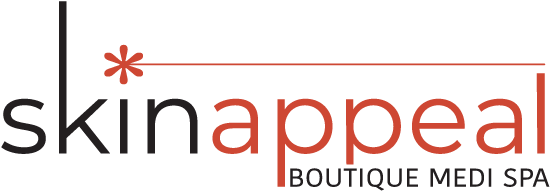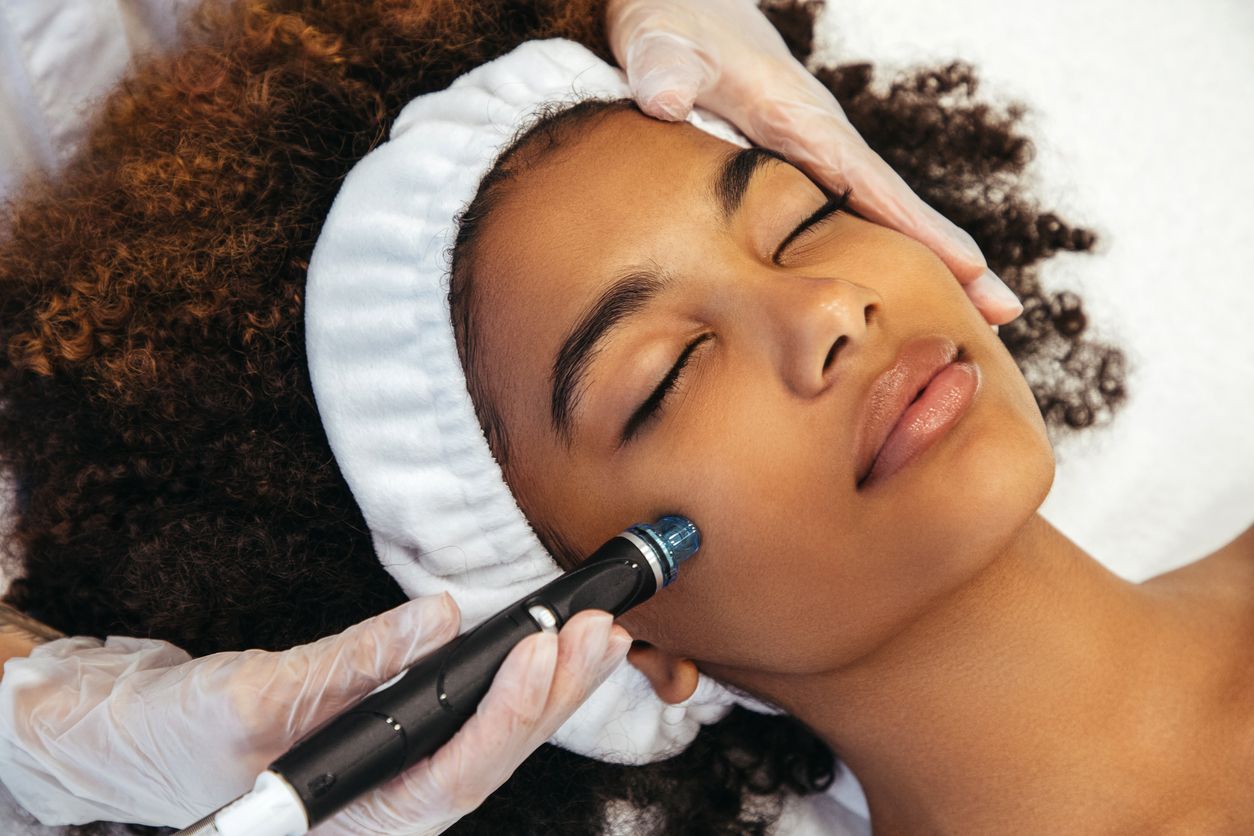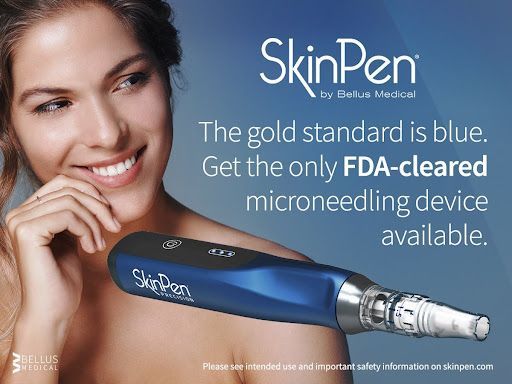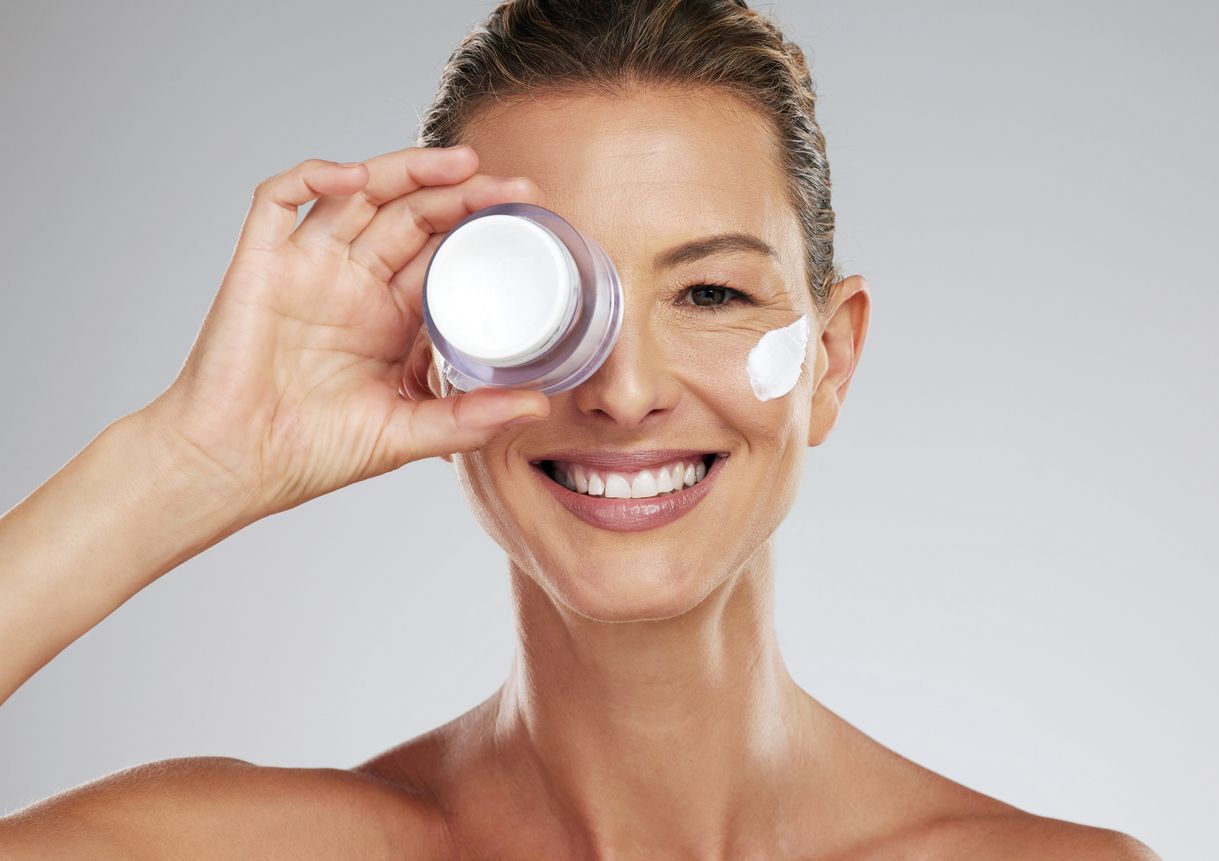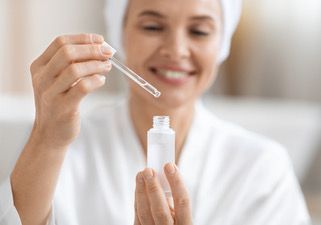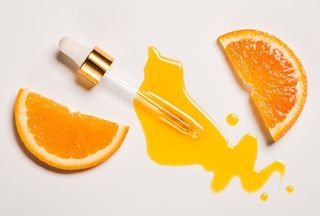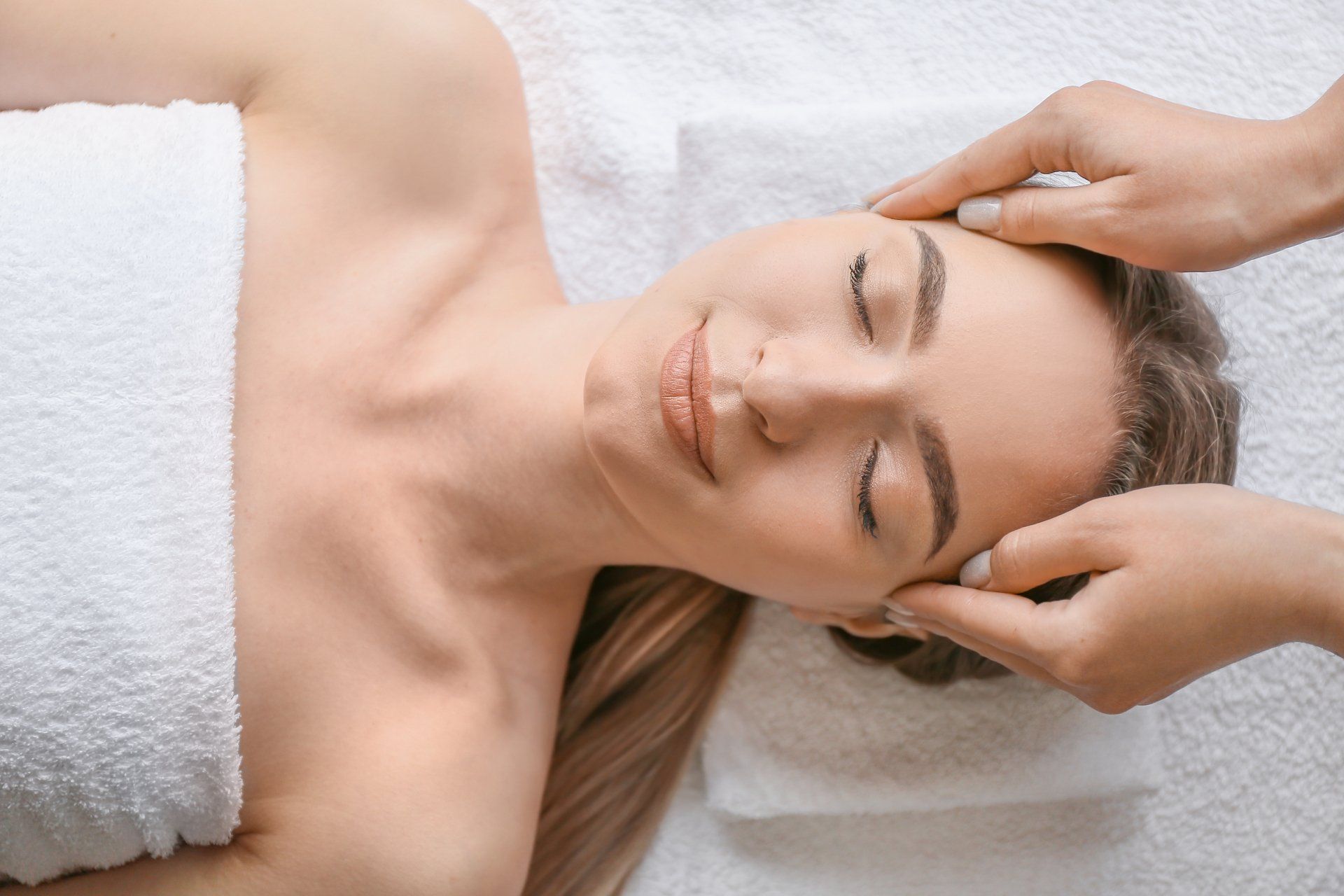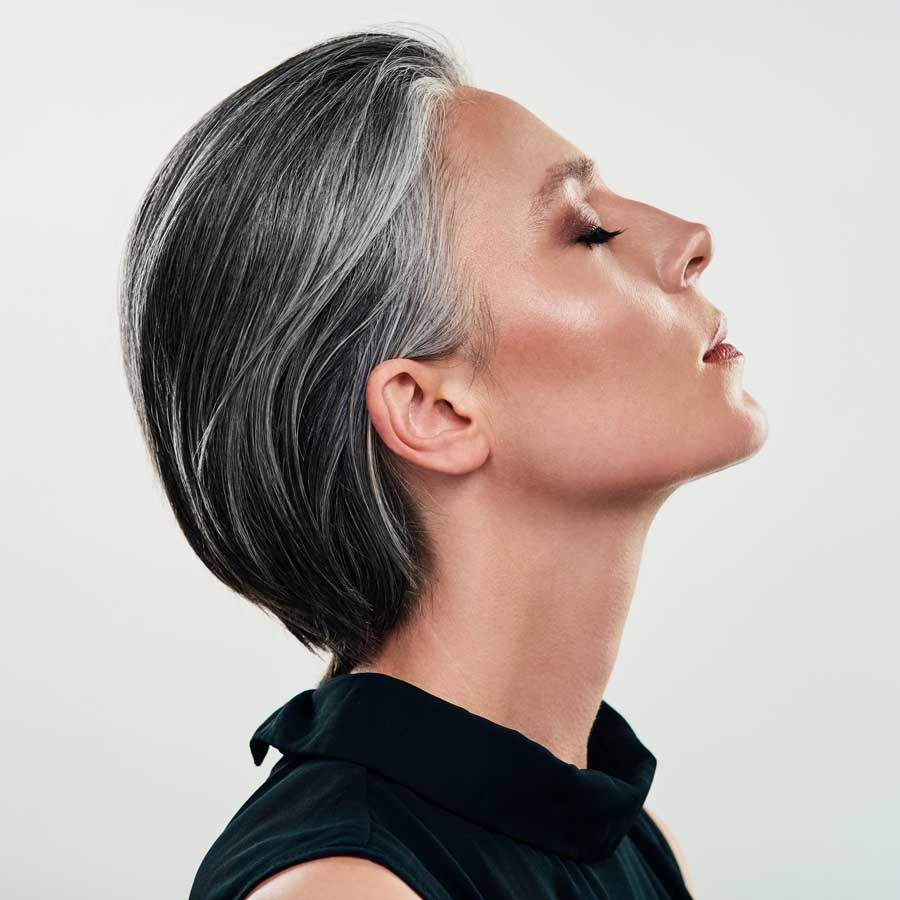Microneedling is used to treat a variety of skin conditions that cause depressions in the skin such as acne scarring, surgical scars, other scars, burns, enlarged pores, wrinkles (rhytides), and stretch marks (striae).
Because microneedling does not deliver heat to the skin like lasers do, people who have melasma (dark patches of skin) and hyperpigmentation (dark spots on the skin) can undergo microneedling without the risk of worsening pigmentation problems. (Darker skin is susceptible to pigmentation changes as a post-inflammatory response.)
- Microneedling, also known as collagen induction therapy, operates on a simple principle. By triggering the skin’s self-repair process with repeated micro-injuries it will remodel and rejuvenate your skin.
We use the SkinPen® as our microneedling device. This handheld device uses a series of 14 microneedles to start this process, in turn leading to the release of growth factors that help remodel your skin’s natural collagen and elastin content.
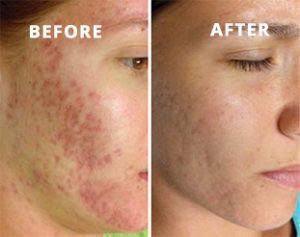
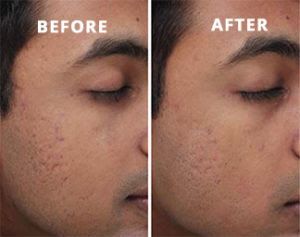
But what does this mean for your skin? In short, a lot!
By triggering this response, SkinPen® microneedling helps reduce the visible signs of aging, especially acne scars.
There’s little downtime, meaning you can return to your day quickly and comfortably.
You will also continue to see improvements in treated skin in the 3 months following your initial treatment
- Reduces the signs of aging; skin texture, fine lines and wrinkles
- Improves the appearance of acne scarring
- Minimally invasive procedure performed in-office manageable recovery time
- Safe for all skin types, light to dark
- Effective on all body parts, including face, neck and décolletage
FAQs
How does Skinpen work?
SkinPen® works by creating a series of hundreds of microscopic channels into the dermis to stimulate the skin’s natural production of new collagen and elastin, helping skin to look and feel healthier. SkinPen® needles cycle at 100+ stamps/second, potentially creating 1600+ microchannels per second when moving the SkinPen®.
- SkinPen® works by creating a series of hundreds of microscopic channels into the dermis to stimulate the skin’s natural production of new collagen and elastin, helping skin to look and feel healthier. SkinPen® needles cycle at 100+ stamps/second, potentially creating 1600+ microchannels per second when moving the SkinPen®.
- SkinPen’s® variable needle depth allows for maximum versatility, making it safe and effective to use on many parts of the body, including the face, neck and décolletage.
- A topical anesthetic is applied prior to treatment. Generally, patients report feeling just the slight vibration of the SkinPen® during the treatment.
- The total healing time depends on each individual. Most patients have some slight swelling and redness/pinkness (like a mild to moderate sunburn) for two to four days following the microneedling procedure. Some people may see their skin return to normal in about 24 hours.
- The natural repair process of your own skin continues to progress through the course of several weeks. Damage that has occurred over an extensive period of time won’t disappear immediately. You may not see the final result for up to six months following your final session. *Individual results will vary.
- The number of procedures required will be based upon your individual procedure goals and the overall health of your skin. Most patients receive a series of three procedures spaced about four weeks apart. SkinPen’s® variable needle depth allows for maximum versatility, making it safe and effective to use on many parts of the body, including the face, neck and décolletage.
- A topical anesthetic is applied prior to treatment. Generally, patients report feeling just the slight vibration of the SkinPen® during the treatment.
- The total healing time depends on each individual. Most patients have some slight swelling and redness/pinkness (like a mild to moderate sunburn) for two to four days following the microneedling procedure. Some people may see their skin return to normal in about 24 hours.
- The natural repair process of your own skin continues to progress through the course of several weeks. Damage that has occurred over an extensive period of time won’t disappear immediately. You may not see the final result for up to six months following your final session. *Individual results will vary.
- The number of procedures required will be based upon your individual procedure goals and the overall health of your skin. Most patients receive a series of three procedures spaced about four weeks apart.
What are the side effects of microneedling?
There are a few temporary side effects to be aware of with microneedling. The procedure causes short-term swelling, redness, and skin flaking, which can last for a few days. Most people can return to wearing regular makeup after 24 hours of treatment. Skin will be more sun-sensitive after treatment, so sunscreen is also advised.
Microneedling may worsen active breakouts, so people with active inflammatory acne or oral herpes should not be treated with microneedling until the lesions have cleared. Those with a history of oral herpes may usean oral antiviral medication for one week following treatment because the procedure may stimulate a new cold sore.
